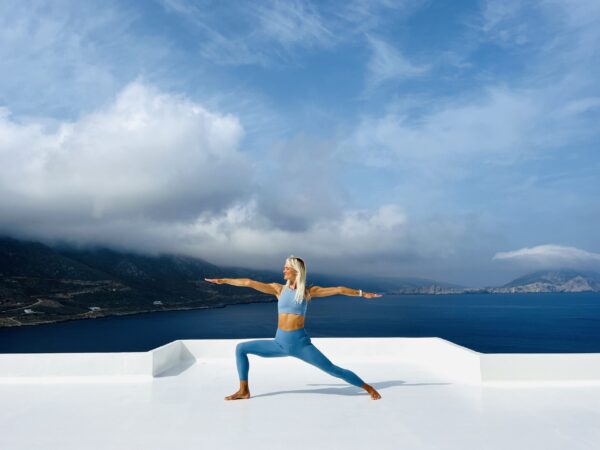Information



In general I try to avoid labelling in any kind of yoga practice, especially in asana practice. However it is helpful for those who are just starting out to have guidance into some of the key postures to practice first. By no means these are easy, but they help to set a foundation for an asana practice.

Tadasana or Mountain pose is the foundation asana for the standing asanas but also in our daily life. Tadasana represents the correct body posture we should maintain in daily life. Tadasana teaches us the correct alignment for the body so that we can always learn to create balance in our practice on and off the mat.

Adho Mukha Svanasana or downward facing dog is a key posture in any asana practice. It is used in all sun salutations sequences and it’s a great transitional asana. Adho Mukha Svanasana helps to stretch the spine, the hamstrings and calves. It also strengthens the quads, back and arm muscles and stretches the digestive organs.

Virabhadrasana II or Warrior II is definitely a key asana to learn. Just as its name suggests, it provides a combination of strength and flexibility which are also very warrior like qualities. It helps to set a strong foundation in the practice and in life, as this asana activates Muladhara, the root chakra, the energy centre for grounding and balance in life.

Anjaneyasana or low lunge pose targets the hips, shoulders and chest. Having the back knee on the mat provides support for the body to focus on the hip opening instead of trying to also find balance. This is a beautiful chest and shoulder opener and great for stretching the hip flexors.

Bhujangasana or cobra pose is a more accessible back bending asana but by no means it is easy. A variation that can be practiced is Salamba Bhujangasana which is done on the forearms. Bhujangasana strengthens the back muscles, improves flexibility of the spine and opens the shoulders and chest.

Vrksasana or tree pose is a standing asana which helps us to set a strong foundation in the body, mind and in our practice. Finding stability and balance takes time and Vrksasana can support us in doing so.

Trikonasana or triangle pose provides a deep opening to the intercostal muscles, the inner thighs, chest and shoulders. It also strengthens the legs and stimulates the digestive organs. Trikonasana can be practiced with a block to place the hand on until one can reach the mat (although this is not necessary). Always ensure the shoulders are in a straight line and the upper hip is externally rotated .

Lizard pose is a beautiful hip opening asana, which is very versatile and comes with many modifications to suit different levels and states the body is in. Although it is considered a deep hip opening asana, it is one of the more accessible ones due to the modifications it has.

Kumbhakasana or plank pose helps us to develop strength overall in the body, particularly in the core and back muscles. It is also a great asana to use in between the other yoga postures, as it brings the body in a straight line and helps create balance. A variation for this is to do it on your forearms, or place the knees on the mat with the feet up.

Savasana is the most important asana from any asana practice (in my opinion). I like to call it “The master asana” because it is during Savasana that the teaching of the practice are revealed. It teaches us to be still, relaxed, effortless in the body, breath and mind. No doing, just being. And this can be challenging, but one of the most rewarding parts of it.